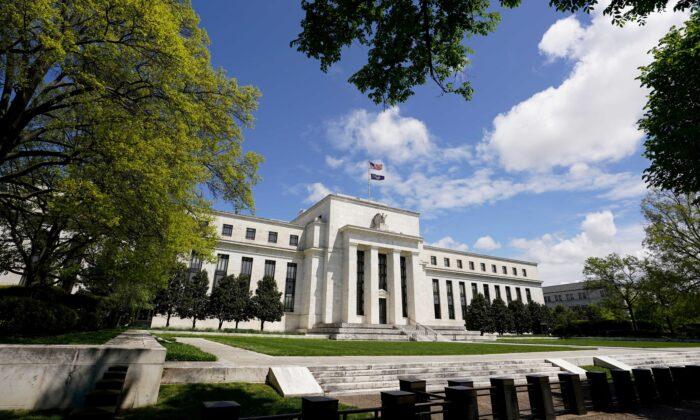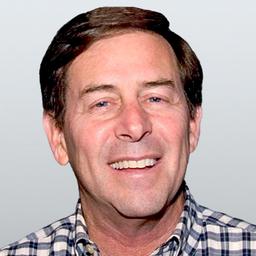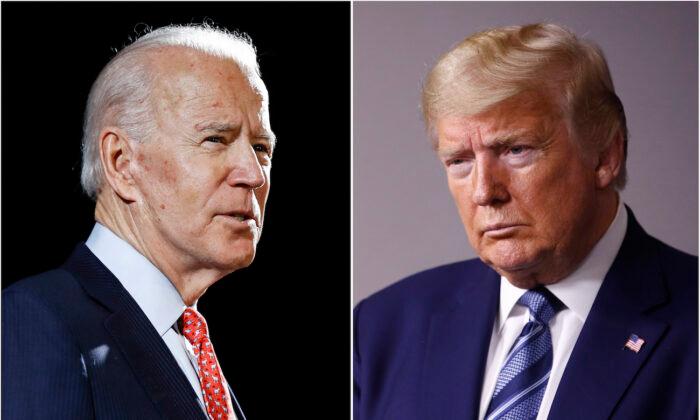At their March meeting, the Federal Reserve decided to raise interest rates a meager 0.25 percent. That hike will do little to head off the upcoming double-digit price increases that will begin before summer starts. The Fed’s shockingly irresponsible behavior will do little to reduce inflation. And because of their weak position, when they finally take more drastic action, a recession could follow.
They are raising interest rates because the inflation rate for the past 12 months was 7.9 percent. Without immediate strong Fed action, that rate will increase rapidly. The Fed is a year late raising rates, which is really what led to most of the current inflation problem.
Prior to 2021, the Consumer Price Index (CPI) averaged a monthly gain of about 0.2 percent, leading to an annual inflation rate of about 2.5 percent. Starting in 2021, the CPI increased by 0.3 percent in January, 0.4 percent in February, 0.6 percent in March, and 0.8 percent in April. Obviously, the huge excess demand created by the federal government deficit spending of nearly $6 trillion in the prior two years, coupled with the Fed’s expansionary monetary policy, led to rising prices.
Last spring, both the Biden administration and the Fed said that the inflation was temporary or transitory and would disappear once the supply chain issues were resolved. By July the economy, in total, was producing at the same level as before the pandemic. That meant the supply issues were resolved. Yet the high inflation persisted.
Yes, there were supply issues with imported goods on ships that couldn’t be unloaded. And yes, there were supply issues in some markets, like those that relied on computer chips. But overall, lack of supply was not adding significantly to the inflation problem.
Rather, energy inflation and wage inflation did contribute on the cost side, but it was the excess demand that caused most of the problem.
Because the Fed didn’t completely end their bond-buying program until just this month, and because they waited until this month to raise interest rates, excess demand was allowed to multiply. Now the Fed should act very aggressively.
They say they will likely raise rates six more times this year. The next rate hike will likely be 0.5 percent, and further rates hikes may be as large. That means interest rates will be at least 2 percent higher by this time next year.
The danger for the Fed in proceeding slowly is that inflation will worsen. Although financial markets tend to act quickly to rate hikes, it will take three to six months for the rate hike to significantly lower aggregate demand in the economy. By that time, inflation could be very high.
If that happens, the Fed will raise interest rates very quickly and by large amounts, as they did in the early 1980s. While that action did bring the 13 percent rate of inflation down, it brought on a very severe recession.
It should be obvious to the Fed that inflationary pressures are building. Producer prices have been rising at a 10 percent rate for the past three months. While the price of oil has fallen dramatically from the frenzy driven price increases of the prior three weeks, many other commodities are seeing supply reductions that will lead to higher consumer inflation.
The Russian invasion of Ukraine and the resulting boycotts will reduce the supply of wheat and other food products produced in those countries. That, coupled with rising fertilizer costs and labor shortages in the United States, will further drive-up food costs.
Excess demand will continue to grow as very low interest rates will result in consumers taking on more credit, which will raise the price of interest rate sensitive products such as houses and cars.
The Fed will try to convince Americans that inflation is not as bad as it seems. They do this by focusing on the Personal Consumption Expenditure (PCE) inflation measure rather than the CPI. The difference is that the CPI accurately measures the increase in prices of products consumers routinely purchase. The PCE measures what the Fed believes will be the actual inflation rate consumers feel.
In other words, if the price of beef rises, the PCE assumes consumers will purchase less beef and substitute a less expensive product such as chicken or fish, meaning there will be a decline in the standard of living. As a result, the PCE number is lower than the CPI and isn’t really an accurate measure of consumer inflation.
Let’s hope the Fed gets more aggressive quickly to avoid a potentially disastrous outcome.





